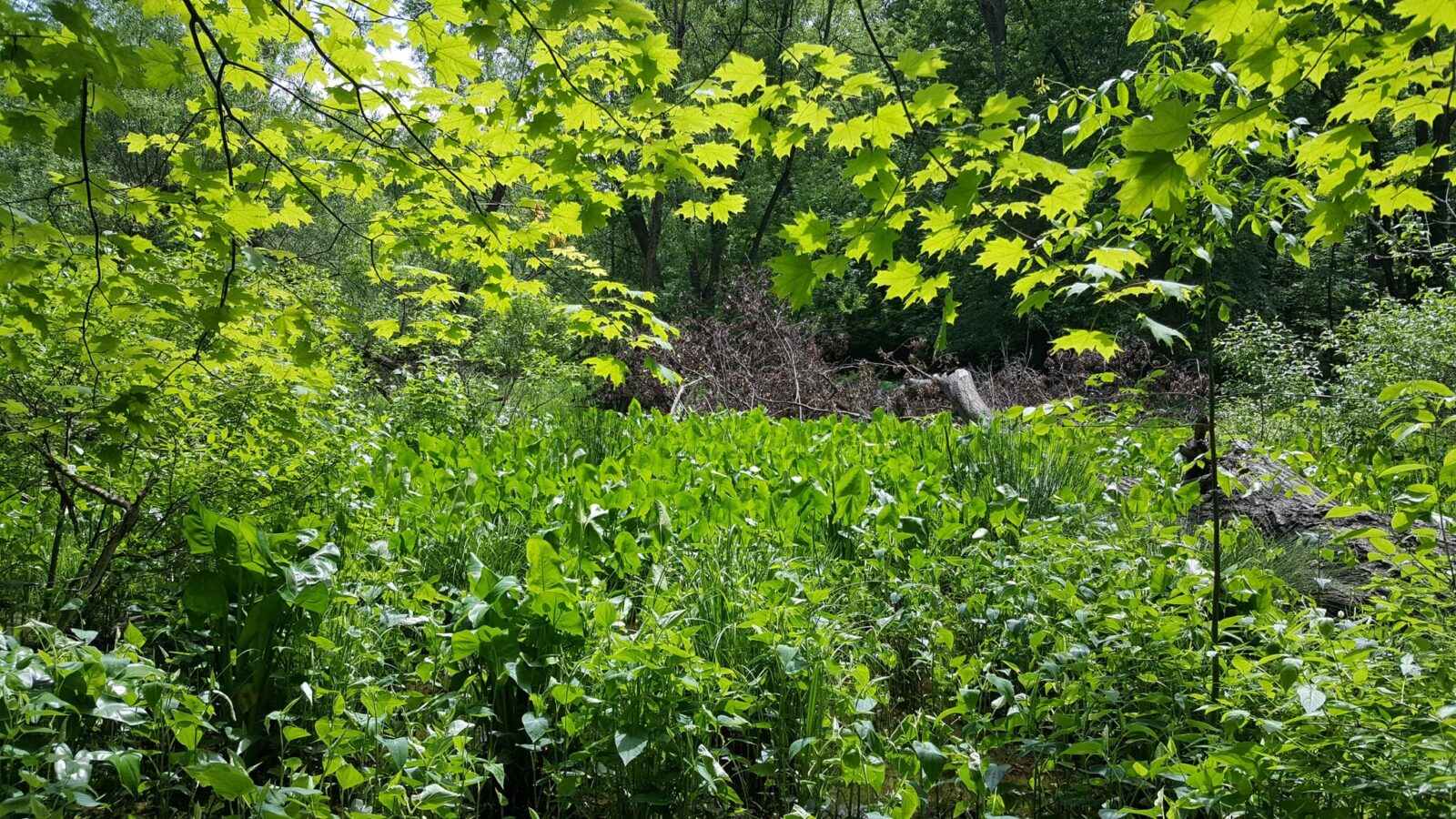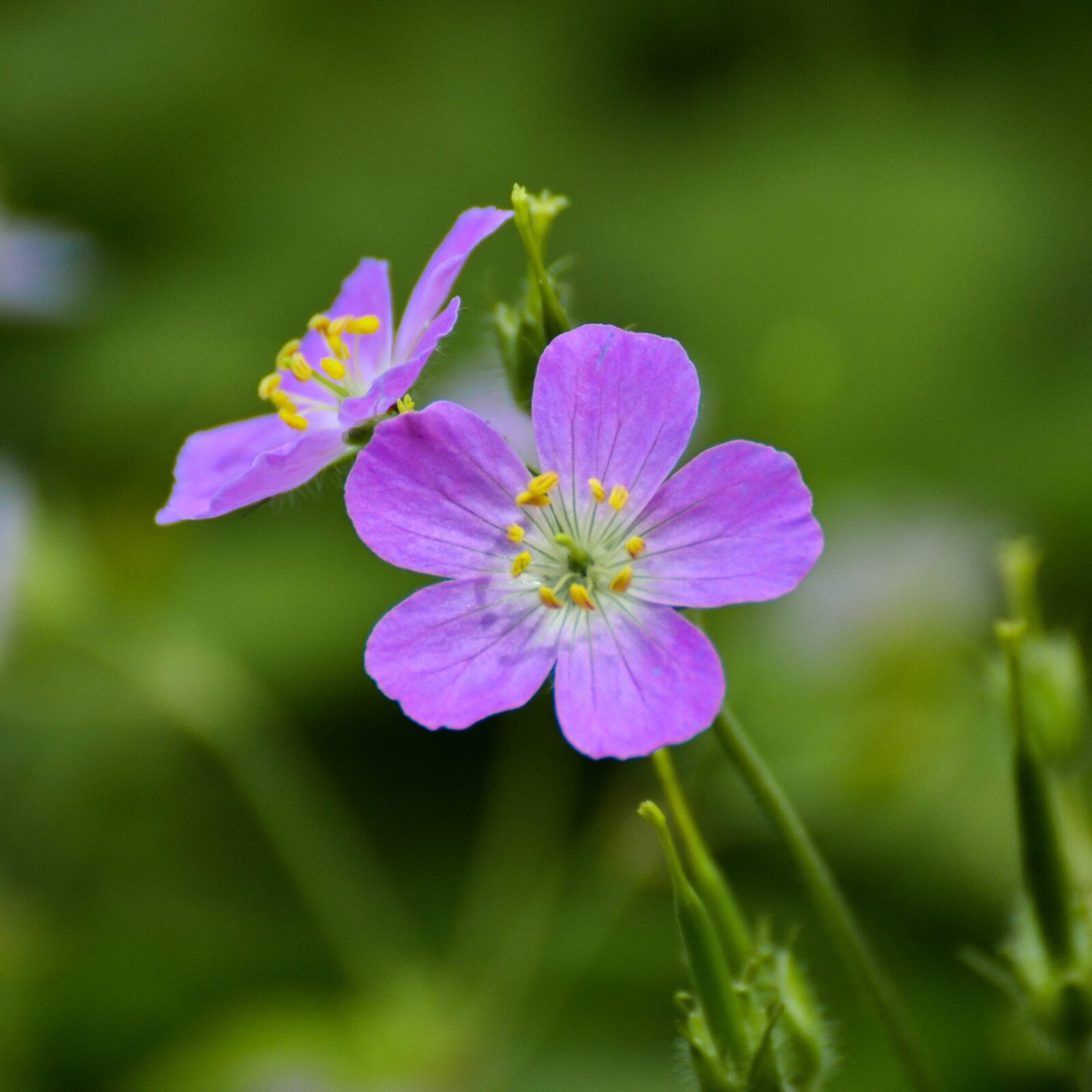
Nick Mikash, Natural Resources Specialist
December 2019
Beginning December 17, we will be starting our largest endeavor into habitat restoration since the restoration of the marsh over a decade ago. Our long-term goal is to re-establish a more biodiverse and functional native ecosystem. A healthy, diverse ecosystem will provide habitat and resources for more wildlife, and hopefully will attract species that perhaps didn't find the right resources here in the past. We will be removing much of the existing mature European privet and Japanese bush honeysuckle. The dead material will be chipped and hauled away to prevent seed dispersal. Our friends at The Nature Conservancy will be assisting this effort beginning December 17th. They will be acting as a paid contractor under our supervision. Their crew leader Derrick Cooper, has my full confidence. After the invasive shrubs are removed, we will continue planting native species in the area through the next year.
What changes can you expect?
Potted shrubs, live stakes (which look like sticks, but will grow into shrubs) as well as native seed and some live perennials will be planted. Studies have shown that simply removing invasives will allow native species to re-establish over time, but we want to make sure that there is usable habitat here as soon as possible. We also want to minimize the chance of invasives re-establishing. Extra care will be taken around bird banding areas and shrubs will be replaced more gradually. Fencing will be visible around many of the installed plants; this is necessary to protect them from the impact of overabundant deer browse. We will be working this winter to create a wire fence exclosure connecting to the All People's Trail supports. When this is complete, we will have a safe space for the native plants and the individual plant cages can come down.

Native elderberry (Sambucus)

Wild geranium (Geranium maculatum)

American elm tree (Ulmus ameriana)
To date, we are proud to announce that we have installed over 100 native plants including buttonbush, dogwood, elderberry, American elm and sycamore, to name a few. This is the start of a much needed change and I am excited to watch it grow - pun intended. If you are interested in supporting the project, you can contribute to the Barber Habitat Restoration Fund, or volunteer for our many stewardship events. To learn more about our native habitats, visit our website!
If you have questions or comments, please contact me directly and I would be happy to chat with you. Nick Mikash: mikash@shakerlakes.org
